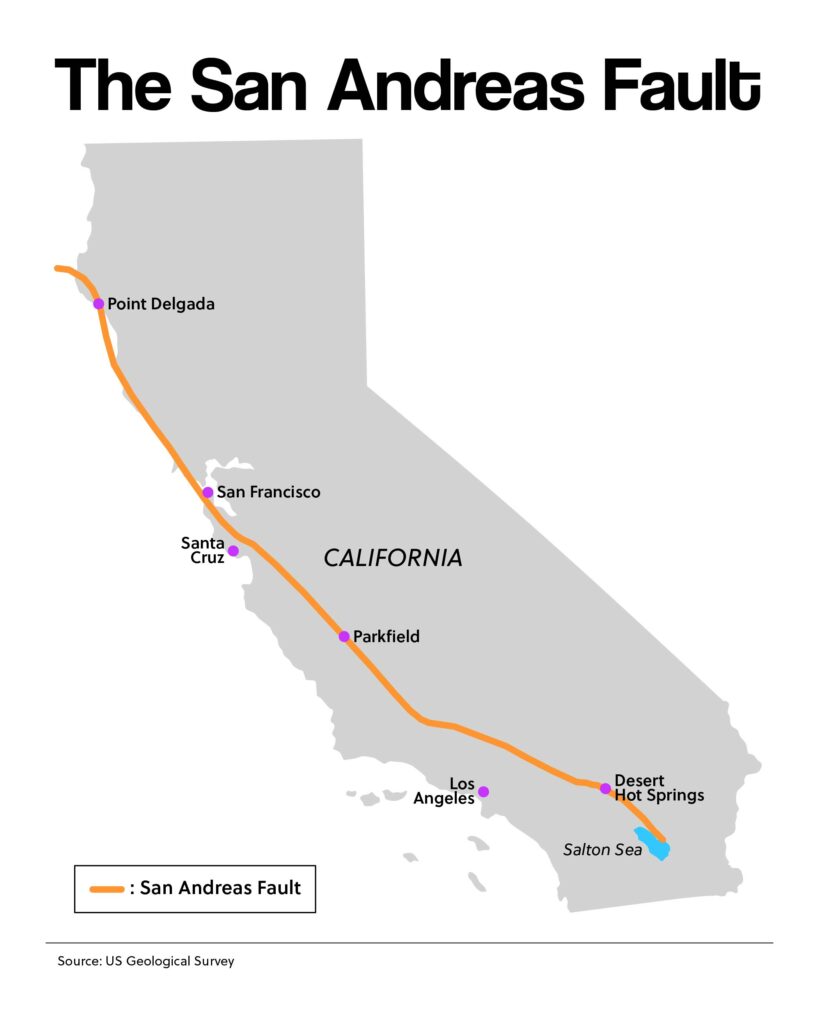Study: LA's Earthquake Risk May Rise and Fall With Height of Saltwater Lake
June 21, 2023

For a long time, scientists have had a question about the southern end of the San Andreas Fault. It's in California. They've wondered why it hasn't had a big earthquake in more than 300 years. "Big" would mean a magnitude 7 or higher.
New research may have an answer. A recent study found a possible link between the amount of water in a saltwater lake and earthquake activity under it. The study was published in the journal Nature.
Southern California has a lake called the Salton Sea. The higher the lake's water level, the more prone to earthquakes the region seems to be. When it's drier, that activity drops. Over the past 25 years, the lake has been drying out. This is due to reduced Colorado River flow.
That’s not totally good news, scientists say. The longer seismic activity is put off, the worse an eventual quake could be.
“We know that this portion of the fault has accumulated enough tectonic strain to produce such an event,” Ryley Hill told the Los Angeles Times. He's the study’s lead author.
The fault's southern end includes Los Angeles.
The researchers think higher water levels in the 35-mile lake put more strain on the fault. They think this causes the crust underneath to bend and separate the tectonic plates as water fills the gaps, thus causing them to shift. Hill compared the scenario to air hockey. If the fan is slowed, the puck doesn’t slide so easily. With less water, the plates don’t shift as much.
Scientists caution that plans to increase the water volume in the Salton Sea could raise the earthquake risk.
Reflect: What can people or communities do to prepare for earthquakes?




